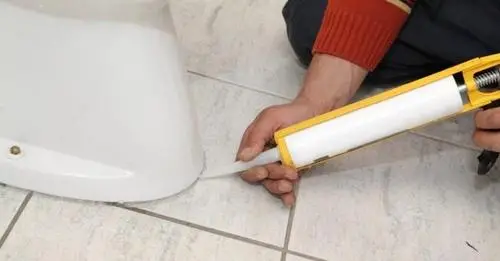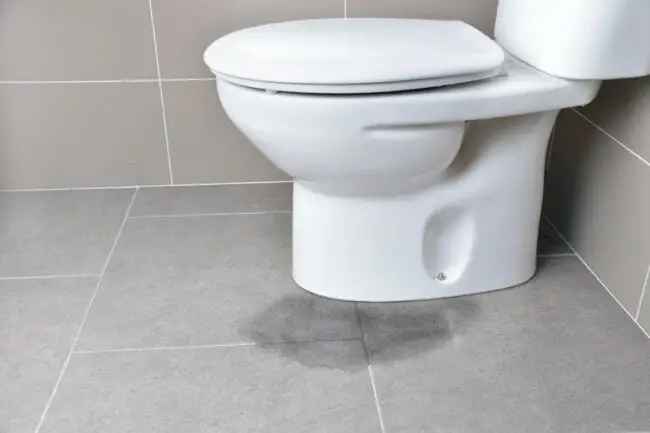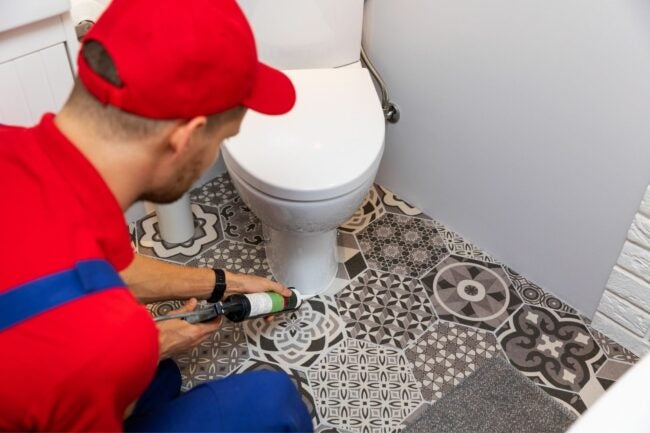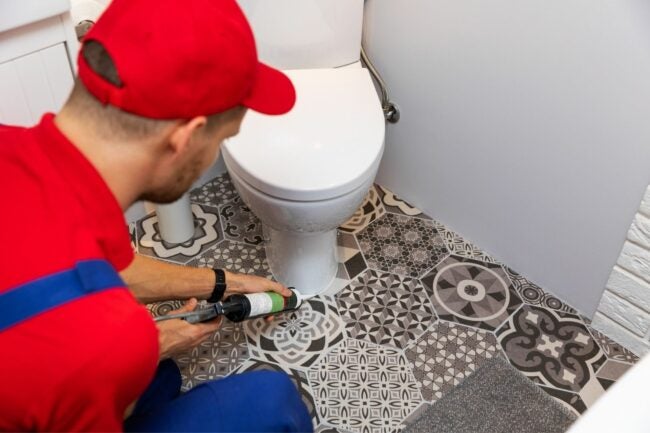Within the realm of home renovation, the question of whether to caulk the base of a toilet often sparks fervent debate among homeowners and professionals alike. This contentious issue revolves around the balance between concealing potential leaks and safeguarding against water damage. In this comprehensive guide, we delve into the nuances of the caulk debate, exploring various perspectives and practical considerations to provide clarity and guidance for homeowners embarking on bathroom renovations.

Understanding the Debate:
Central to the caulk debate is the concern over leak detection. Critics argue that caulking could obscure leaks, rendering them undetectable until significant damage occurs. However, this perspective overlooks the fact that major pipe ruptures are rare occurrences, while minor leaks typically manifest subtly, seeping into the underlying structure rather than flooding the bathroom floor. Thus, the absence of caulking does not guarantee immediate leak detection but exposes the toilet’s base to potential water infiltration, fostering mold and mildew growth.

Advantages of Caulking:
- Prevention of Water Seepage: Caulk serves as a barrier that impedes water from infiltrating beneath the toilet. By sealing the perimeter, it prevents moisture from showers or spills from seeping into crevices, thus preserving the integrity of the flooring and averting microbial proliferation.
- Enhanced Stability: Uneven floors pose a challenge to toilet installation, leading to instability and potential damage to internal plumbing. Caulking provides a level of stability by cushioning the base and compensating for irregularities in the floor surface, thereby minimizing rocking and reducing strain on bolts.
- Compliance with Building Codes: Plumbing codes in many jurisdictions mandate caulking around toilet bases. Compliance ensures adherence to safety standards and regulatory requirements, mitigating potential liabilities and enhancing the property’s marketability.
- Aesthetic Appeal and Odor Control: A neatly caulked seal not only lends a polished aesthetic but also eliminates gaps where unpleasant odors may emanate. By sealing off potential entry points for foul smells, caulking contributes to a hygienic and visually pleasing bathroom environment.
Navigating the Decision:
While the decision to caulk ultimately rests with the homeowner, it’s essential to weigh the benefits against the perceived risks. Modern caulking products offer durability and versatility, dispelling concerns about concealing leaks. Moreover, caulking aligns with plumbing codes and promotes structural integrity, underscoring its significance in bathroom maintenance.

Practical Considerations:
In addition to understanding the advantages of caulking, homeowners should consider practical factors when making their decision:
- Type of Flooring: The type of flooring in the bathroom can influence the necessity of caulking. Porous materials like tile or stone may benefit from caulking to prevent water seepage, while waterproof materials like vinyl may be less susceptible to moisture damage.
- Quality of Caulk: Opting for high-quality caulking products ensures better adhesion and longevity, reducing the likelihood of issues such as crumbling or mold growth.
- Professional Installation: For homeowners unsure of their caulking skills, hiring a professional plumber or contractor can ensure proper application and adherence to building codes.
Conclusion:
In navigating the intricate terrain of toilet base caulking, it becomes evident that this seemingly mundane task carries significant implications for bathroom hygiene, structural integrity, and regulatory compliance. As homeowners embark on bathroom renovations or routine maintenance, the decision to caulk or not to caulk warrants thoughtful consideration, taking into account a myriad of factors including leak detection, stability, aesthetics, and adherence to building codes.
While debates may continue to rage on forums and among neighbors, a balanced assessment of the advantages and practical considerations surrounding caulking provides a solid foundation for informed decision-making. Modern caulking products offer robust solutions that dispel concerns about concealing leaks while effectively sealing off potential entry points for water infiltration and foul odors.
Moreover, adherence to plumbing codes underscores the importance of caulking as a standard practice in bathroom installations and renovations, ensuring not only compliance but also enhancing the property’s marketability and mitigating potential liabilities.
As homeowners weigh their options and navigate the complexities of home improvement, embracing caulking as a proactive measure can yield long-term benefits, safeguarding against water damage, enhancing aesthetics, and preserving the structural integrity of the bathroom space.
In essence, by embracing caulking as an integral component of bathroom maintenance, homeowners can cultivate spaces that are not only visually appealing but also functional, hygienic, and compliant with regulatory standards, ensuring peace of mind and longevity for years to come.
image source : bobvila










